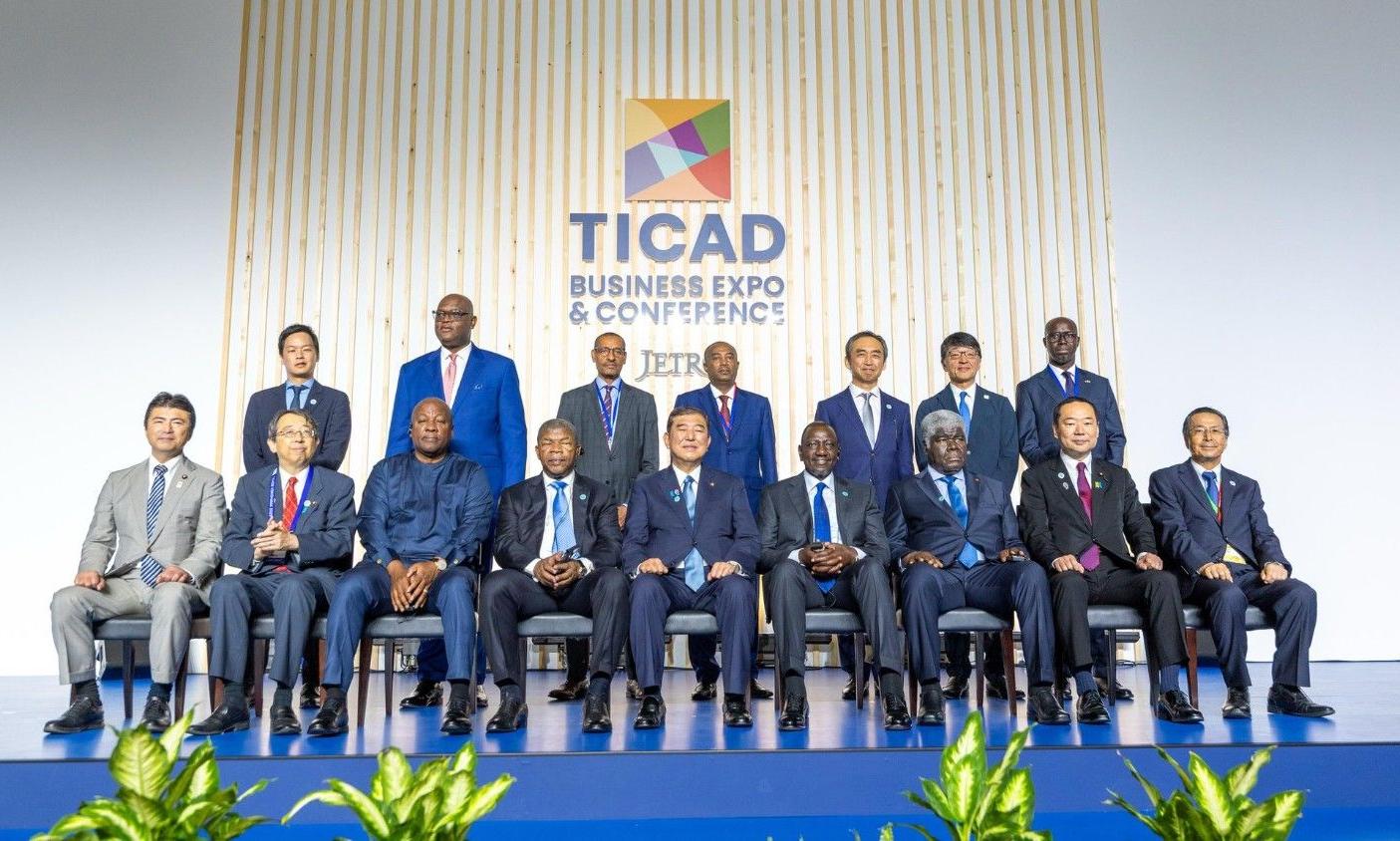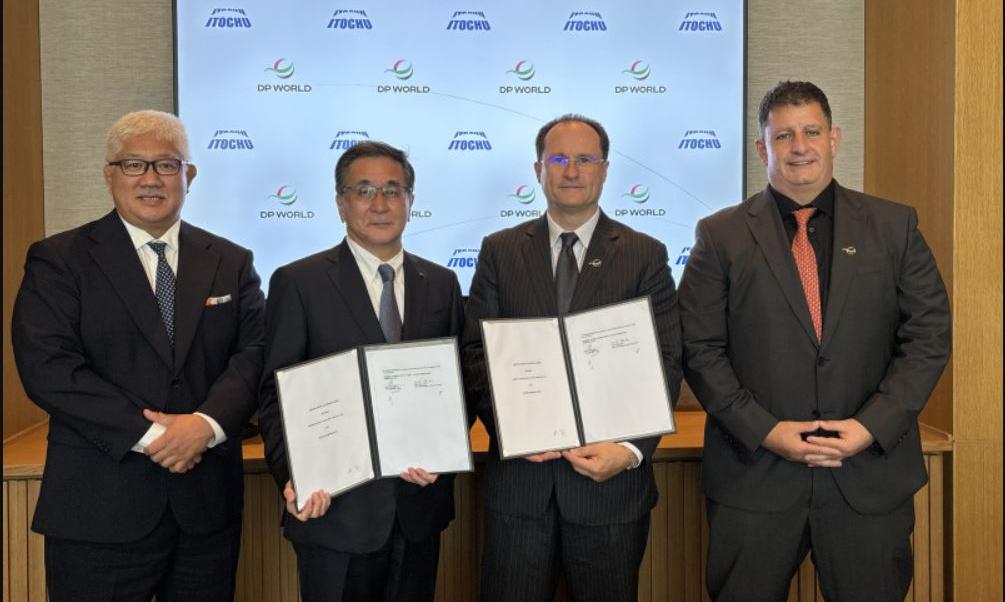- Automation Insights by SupplyCheck
- Posts
- How strong relationships beat price
How strong relationships beat price
A systematic approach to building global partnerships before price negotiations begin
When tasked with entering a new market, many African exporters tend to start with product specifications, pricing, demonstrating cost competitiveness or manufacturing capabilities.
The challenge: Many of the procurement teams in developed markets encounter similar, repetitive inbound approaches weekly. When every supplier promises the same it becomes difficult to differentiate.
Conversations become more about price negotiations, margins compress, and long-term partnerships rarely develop.
Focus on value and long-term
Companies that manage to build sustainable global partnerships follow an alternative strategy. They build more systematic, long-term focused relationships over time. They do this by providing consistent value for enough time to build trust before they initiate the ask:
Don’t: Focus on Price: "We manufacture widgets in Nairobi at competitive prices. Can we quote on your requirements?"
Do: Build Value: "I noticed your recent post about supply chain sustainability challenges. We've worked with similar companies and have relevant insights. Would a brief call be useful to share our insights?"
The first centres on your offering. The second addresses their specific challenge and provides value and insights that can help solve their problem.
Who are the right connections?
To build a successful network to support your route to global markets, consider the different players that can help you get there. We tend to see five categories:
Potential Customers - These are the decision makers at companies matching your ideal customer profile. Examples: Procurement, Sourcing & Vendor Managers.
Industry Insiders - Active participants in your target sector, they have knowledge about the industry but don’t necessarily engage in the procurement or buying of your products. Examples: Operations, Plant, Logistics Managers.
Logistics Partners - Global & Local specialists in freight, customs, and warehousing related to your industry of vertical. Export, Third-Party Logistics (3PL), Fulfilment Managers, Custom Clearance Agents.
Peer Exporters - Other African companies successfully operating in overseas markets.
Connectors - These can be trade association leaders, industry journalists, chamber officials or influencers on social media sites that talk about your industry.
Most exporters focus entirely on potential customers and miss out on other actors in the industry. Sometimes focusing only on sales can have a downside.
Each connection you make has an opportunity to move you closer to that next big deal for your company.
90 days to a better network
If you’re not there yet, we recommend taking the time to focus on building your network over the next 3 months. A typical program or timeline would look like this:
Phase 1 (Days 1-30): Foundation Set up relationship tracking system, identify target contacts, conduct research on their current challenges. Even Google Sheets can be a good starting point to track contacts.
Phase 2 (Days 31-60): Outreach
Initiate value-focused contact with researched prospects, establish credibility through relevant insights. Don’t try automate this too early as quantity over quality can hurt your reputation if not done correctly. Remember to follow up and re-engage regularly.
Phase 3 (Days 61-90): Contact Development Deliver consistent value to responsive contacts, progress relationships and then move towards partnership discussions.
This week's actions
You can get started on this during the rest of the week.
Time required: 30 - 45 minutes
Identify 3 contacts from each of the different relationship categories above
Research their recent challenges mentioned in LinkedIn posts or company announcements on their websites
Note relevant insights from your market experience that might address these challenges
Compile a Google Sheet with the target contacts, there needs or challenges.
Next Week: With research in hand, start to reach out with a personalised message based on your list.
Tasks & Outcomes
Contact Management System: Build your contact management system, how do you keep track of who’s been contacted vs met, which connections are warmest?
Key Contact List: Using your contact system, populate it with at least 30-100 contacts (adjust for your business size) that you want to reach out to or develop over the next 3 months.
Outreach Templates: We recommend tailoring each outreach to the target, but this doesn’t mean you can’t have some templates around the style, the structure of the email vs LinkedIn post.
Next week: We’ll move on from some of the fundamentals to focus on how to improve compliance and documentation within your business.
News Highlights
Some articles we’ve found around the internet.
Thanks for reading!
The Export Edge is published weekly by SupplyCheck. Feel free to share this newsletter.

